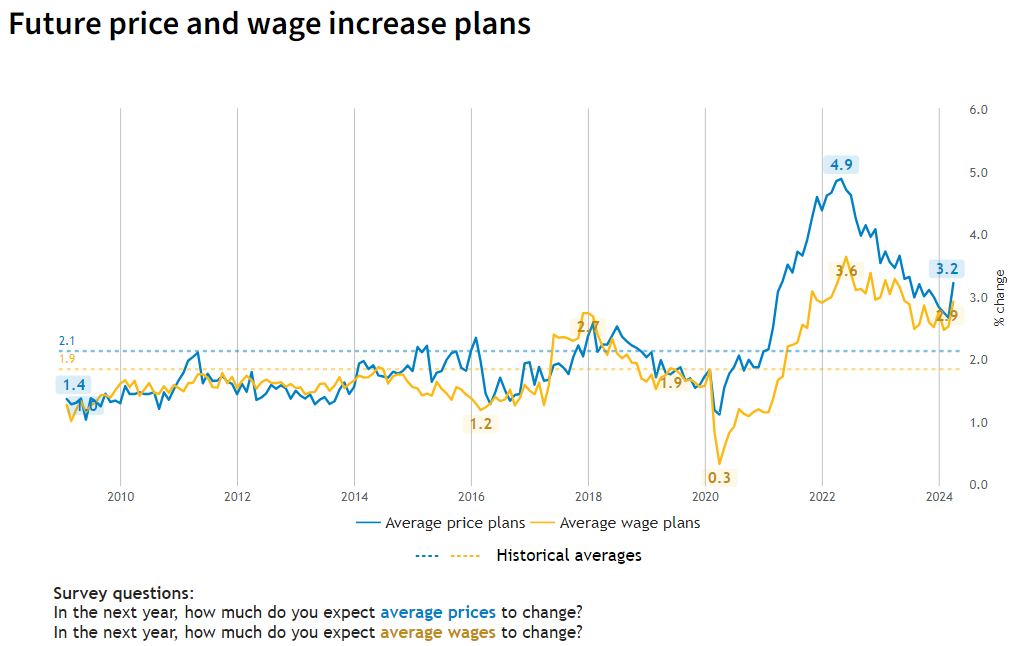A recent study is offering insight into the gender parity of senior corporate positions.
After a report revealed that in the UK, the percentage of new appointments in FTSE 100 companies going to women in the six months preceding was the lowest since September 2011, new research from the US has found that there are significantly less women in c-suite positions than men.
Analysis of the top 1,000 U.S. companies found that across the most prominent C-Suite titles (CEO, CFO, CIO, CMO, CHRO) and several industries (consumer, energy, financial, life sciences, industrial, technology) an average of less than 24% of the top leaders are women.
The research, conducted by people advisory firm Korn Ferry, found that across all of the c-suite positions, the most senior post, of CEO, is held by the smallest percentage of women - at just 5 percent.
The CHRO role, however, is the only c-cuite role where there is gender parity, with women making up 55% of CHROs across industries.
“In our research, we find that women rank higher on key competencies needed in the CHRO role such as collaboration and negotiation skills, the ability to balance multiple constituencies and an appreciation for the dynamics of the overall business,” said Joseph McCabe, vice chairman of Korn Ferry’s Global Human Resources Center of Expertise.
“Interestingly other Korn Ferry research shows a distinct correlation between CEO and CHRO competencies, but women are still not making it to the very top spot at the rate they should.”
More like this:
Kiwi HR sector coined the “Pink Ghetto”
Are female leaders facing a ‘glass cliff’?
Can CHROs consider themselves for CEO succession?
Analysis of the top 1,000 U.S. companies found that across the most prominent C-Suite titles (CEO, CFO, CIO, CMO, CHRO) and several industries (consumer, energy, financial, life sciences, industrial, technology) an average of less than 24% of the top leaders are women.
The research, conducted by people advisory firm Korn Ferry, found that across all of the c-suite positions, the most senior post, of CEO, is held by the smallest percentage of women - at just 5 percent.
The CHRO role, however, is the only c-cuite role where there is gender parity, with women making up 55% of CHROs across industries.
“In our research, we find that women rank higher on key competencies needed in the CHRO role such as collaboration and negotiation skills, the ability to balance multiple constituencies and an appreciation for the dynamics of the overall business,” said Joseph McCabe, vice chairman of Korn Ferry’s Global Human Resources Center of Expertise.
“Interestingly other Korn Ferry research shows a distinct correlation between CEO and CHRO competencies, but women are still not making it to the very top spot at the rate they should.”
More like this:
Kiwi HR sector coined the “Pink Ghetto”
Are female leaders facing a ‘glass cliff’?
Can CHROs consider themselves for CEO succession?





